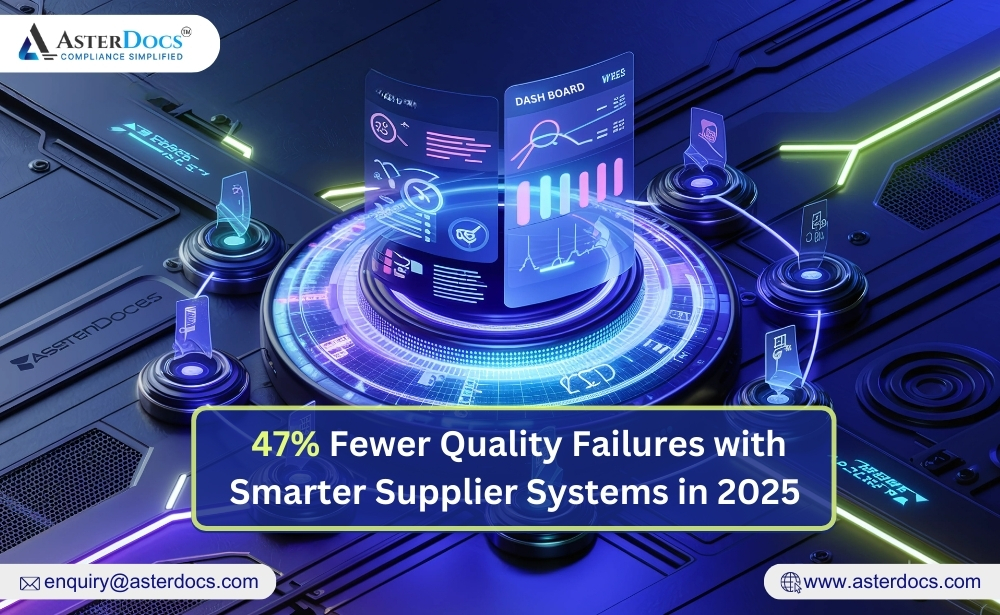Today’s customers expect the impossible: lightning-fast delivery and perfect accuracy, all at a bargain price. As a business owner, you’re caught in a tug-of-war between these demands and your bottom line. The secret weapon to winning this battle? Mastering your supply chain strategy.
Boost your bottom line and keep customers happy by choosing the right supply chain strategy! Whether you’re sourcing globally or locally, the right approach can maximize your return on investment. But with so many options, how do you pick the best one for your small business? Dive into the pros and cons of each SME strategy and unlock the key to long-term success.
Understanding SCM Strategy
From drawing board to doorstep, a smart supply chain strategy guides your product every step of the way. It’s the mastermind behind production, supplier partnerships, inventory control, and getting your goods to customers fast.
Significance of Strategic Supply Chain Management
An effective supply chain management strategy enhances the efficiency and value of your product’s journey. For instance, identifying more efficient ways to procure raw materials can reduce production costs, while optimizing shipment consolidation can expedite deliveries. This strategic supply chain optimization can help:
- Reduce Costs: By streamlining processes for enhanced efficiency.
- Build Better Relationships: By fostering closer collaboration with suppliers.
- Drive Bigger Profits: By enhancing efficiency and cutting costs.
Key Considerations for Crafting a Strategy
As an SME owner venturing into supply chain strategy development, three pivotal elements merit consideration:
- Supplier Relationships: Articulate how you identify suppliers offering value, ensuring they are cost-efficient, reliable, and deliver top-quality products or services.
- Ethics and Sustainability: Align with suppliers sharing your values, with a focus on ethical considerations and sustainability.
- Risk Management: Effectively address supply chain risk management, developing contingency plans within third-party contracts for potential disruptions.
Three Supply Chain Strategies for Small Businesses
Demand-Driven Strategy:
- Pros: Focuses on meeting consumer demand, aiding in accurate demand forecasting and staffing.
- Cons: Time-consuming with potential interpretational variations, making figures complex.
Agile Strategy:
- Pros: Responds swiftly to market changes and consumer demands, suitable for products with rapid changes or short lifespans.
- Cons: Challenging for long-term resource planning, tracking production progress can be difficult.
Collaborative Strategy:
- Pros: Encourages collaboration within the supply chain, leading to shared cost and risk reductions.
- Cons: Requires clear communication and alignment on priorities for successful collaboration.
Leveraging Technology for Improved Supply Chain
SMEs are increasingly adopting supply chain management technology to enhance efficiency and accuracy. Automation of critical processes, such as shipping schedules, inventory tracking, and supplier performance evaluation, brings significant cost savings.
In today’s landscape, supply chain management software streamlines tasks, ensuring timely deliveries, and enhancing overall performance.
Key Take Away
In summary, a well-crafted supply chain strategy is crucial for SMEs aiming for sustained growth and customer satisfaction. The three strategic approaches—demand-driven, agile, and collaborative—offer valuable insights tailored to specific organizational needs. Emphasizing supplier relationships, ethical considerations, and robust risk management adds depth to strategic planning. Technology-driven solutions enhance efficiency and cost-effectiveness. As businesses navigate the intricate supply chain landscape, continuous strategic refinement ensures resilience, adaptability, and enduring success in today’s evolving marketplace.














